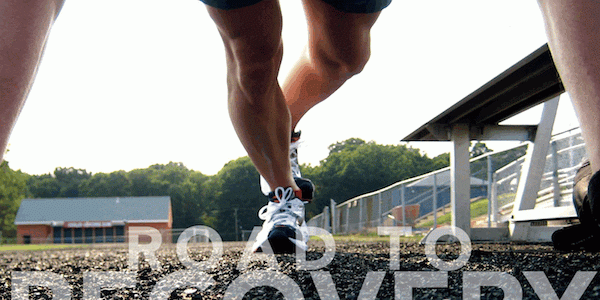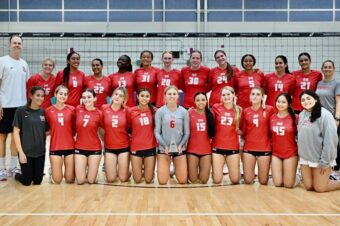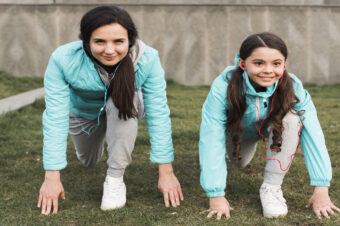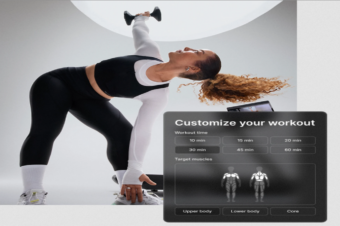


Training Time: Road to Recovery
Tips To Proper Recovery. Without sound recovery practices it’s only a matter of time before you find your performance suffering, yourself injured or suffering from over-training.
Maybe you hate stretching, don’t have time to foam roll or sleep eight hours. My response to all those excuses is “make time for recovery or make time for injury!”
Here are my Top 5 Tips to Proper Recovery:
1. Foam Rolling. This has many benefits such as flushing toxins from muscles, releasing tension, increasing range of motion and getting the blood flowing. This is the key for healthy tissue quality and increasing mobility. At a minimum, you should be doing this before and after training, practice and games for optimal success.
2. Sleep. Yes, sleep! When you are sleeping, your body can really go to work on repairing tissue you destroyed by training, practicing and playing.
You should be getting at least 7-9 hours of quality sleep each night. Furthermore, poor sleep can also be related to decreased IQ, mood swings and decreased performance. If you aren’t getting enough restful sleep, your body will have reduced ability for muscle repair, immune system response, memory consolidation, and the proper release of hormones like growth hormone and insulin.
3. Hydrate. I am sure you have heard the general rule of thumb to drink 8-11 8 oz. glasses of water per day. However, for men, an average of 16 cups of water a day from fluid and non-fluid sources (e.g. fruits and vegetables) is adequate; for women, an average of 11 cups.
Water provides the medium for the solubility and passage of nutrients from the blood to the cells and the return of metabolic by-products to the blood. Become aware of symptoms of dehydration.
Consume your carbs / protein!
4. Re-fuel. You should be consuming a 3:1 ratio of carbs to protein 30 minutes post training, practice and games. While I always recommend real food for this, if you are in a rush, look for a quality post workout shake with this ratio.
To help you eat well throughout the day, here are some differences between anytime meals and post workout meals.
The most important thing you need to know for your diet is this:
If you can control insulin, you can control your body composition, health and your energy (performance).
ANYTIME meals are lower in carbs, have a minimal effect on insulin, and can be eaten at any time of the day. This way, you provide your body with energy without that energy leading to fat gain. Stick to high quality sources of lean protein and fibrous vegetables.
POST-WORKOUT:
Post-workout meals contain more carbs, will have a bigger effect on insulin, and should be eaten within two to three hours after your workout. If you are not taking in quality carbohydrates and protein immediately following your workout, you are increasing the chances of muscle recovery and decreased gains.
5. Stretch. Yes, you need to be doing this after training, practice and playing. Proper stretching has important recovery benefits such as lengthening your muscles, ligaments, and tendons. Stretching helps to reset tight muscles and movement patterns. It also improves recovery from the blood flow increase to the muscle.
Loss of flexibility and mobility are huge factors in acceleration, multidirectional movement and injuries. If athletes are tight and lack mobility, their performance will decrease and endurance will suffer along with their health.
Practice these Tips To Proper Recovery and measure the difference for yourself!









No comments so far.
Be first to leave comment below.